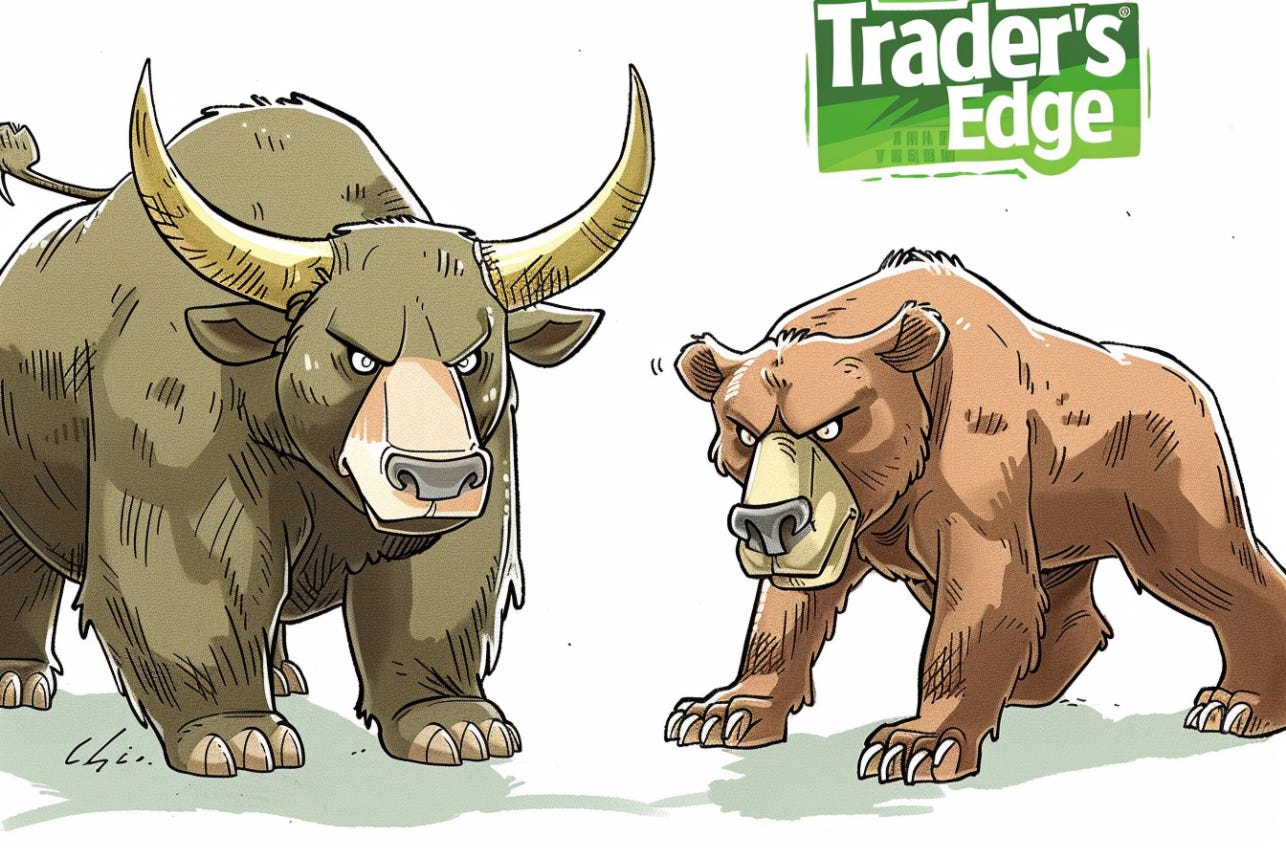Trading Long Only Put and Call Options
Option trading as a complement to an investment portfolio, check out our simple guide to help you get started
Here's a simple guide to get you started with trading long only put and call options. I’ll break it down step-by-step:
1. What Are Options?
Options are financial contracts that give you the right (but not the obligation) to buy or sell an asset (like stocks) at a specific price (called the strike price) before a certain date (called the expiration date).
There are two main types of options:
Call Options: Give you the right to buy the stock at the strike price.
Put Options: Give you the right to sell the stock at the strike price.
2. Basic Terminology
Strike Price: The price at which you can buy (for a call) or sell (for a put) the underlying asset.
Premium: The price you pay for the option.
Expiration Date: The date by which you must exercise your option or let it expire.
In the Money (ITM): An option that has intrinsic value. For a call, this means the stock price is higher than the strike price. For a put, this means the stock price is lower than the strike price.
Out of the Money (OTM): An option with no intrinsic value. For a call, this means the stock price is lower than the strike price. For a put, this means the stock price is higher than the strike price.
3. How to Buy an Option
Let’s say you think a stock (for example, XYZ Inc.) is going to rise in price, and you want to buy a call option on XYZ stock.
Steps:
Choose the Stock: Pick the stock you think will move in a particular direction.
Choose the Expiration Date: Select how far into the future you want the option to last (a few days, weeks, or months).
Choose the Strike Price: Decide on a strike price. If you expect the price of a stock to rise, you want to buy a Call at a strike price above the current stock price. If you expect the price of a stock to fall you want to buy a Put at a strike price below the current stock price.
Buy the Option: You pay the premium for the option. For example, if a call option costs $2 per share (1 option represents 100 shares), you would pay $200 for one contract.
Examples:
Call Option Buying
Stock XYZ is currently trading at $50, and you think the price of the stock is going up.
You buy a call option with a strike price of $55, expiring in a month. The premium is $2 per share.
Your total cost = $2 x 100 shares = $200.
Let’s say the XYZ stock price goes to $56, and the option price goes to $7. You can sell the option for $7 X 100 shares = $700 or a $250% gain
Put Option Buying
Stock XYZ is currently trading at $50 and you think the price of the stock is going down.
You buy a put option with a strike price of $45, expiring in a month. The premium is $2 per share.
Your total cost =$2 X 100 shares= $200
Let’s say the XYZ stock price declines to $48 and the option premium goes to $3.5. You can sell the option for $3.5 X 100 shares= $350 or a 75% gain
5. Key Risks
Loss of Premium: If you buy options and the stock doesn’t move as expected, you lose the premium you paid.
Expiration Date: Options expire, meaning they have a limited lifespan. If the stock doesn’t hit the strike price before expiration, the option becomes worthless.
6. Basic Strategies
Long Call: You buy a call option if you think the stock will rise.
Long Put: You buy a put option if you think the stock will fall.
7. Practice With a Paper Trading Account
If you're new to options, it's a good idea to start with a paper trading account (many brokerage platforms offer this). This lets you practice options trading with virtual money before risking real funds.
Options can be powerful tools, but they also come with a degree of risk. It's crucial to start with a clear understanding of the basics and then build your strategy from there. Want access to all of our options trading recommendations? Upgrade to receive your access to Trader’s Edge with a FREE 30 day trial!
(Note: DynaLogic provides to subscribers relevant and real time market movement information on a host of equity securities. Signals (sell or buy) are based solely on mathematical changes in the price of a security. No other methodology is used.
DynaLogic is not a registered investment advisor, and it makes no representation or recommendation concerning the purchase or sale of any security investment product; DynaLogic provides no advice or recommendation whether a subscriber should or should not act on any signal a subscriber receives, and it has no knowledge whether a subscriber, in fact, acts on a signal or any signal; DynaLogic maintains no portfolio account or other investment information on any subscriber.)



